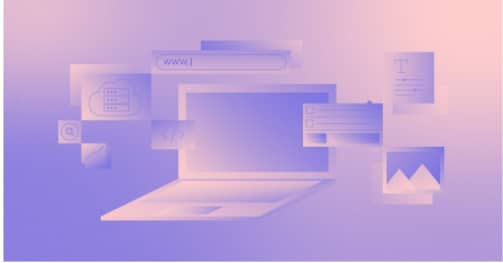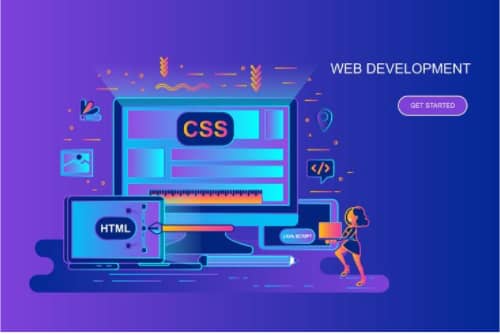When you practice something as professional as Web Design in Auckland, there is very little scope for blunders. This also means that you have to know the best practices and how to use them in your profession. With regards to planning or updating a site, it’s not difficult to get hung up on the style. Does that shade of blue look right? Should the logo be on the right half of the screen, or left? Imagine a scenario where we put a goliath vivified GIF on the page.
Be that as it may, in this present reality where people have beyond what 1.8 billion sites they might arrive on, you need to ensure yours isn’t only a lovely face. It ought to be intended for ease of use, how simple your site is to utilize, and client experience (UX), that it is so agreeable to communicate with your site.
Presently, you could go through years concentrating on the intricate details of these disciplines. But for giving you a hopping-off point, we’ve collected a rundown of the crucial rules and best practices you can apply to your next site update or site dispatch. Then, at that point, we’ll audit 10 elements you’ll require on your site to incorporate these suggestions. We should make a plunge.
While the presence of your site is unquestionably significant, a great many people aren’t going to your site to assess how smooth the plan is. They need to finish some activity, or to track down some particular snippet of data.
In this way, pointless plan components (i.e., those which fill no utilitarian need) will just overpower and make it harder for guests to achieve what they’re attempting to achieve.
From an ease of use and UX viewpoint for a Web Designer in Auckland, straightforwardness is your dearest companion. If you have all the important page components, it’s difficult to get excessively straightforward. You can utilize this guideline in a wide range of structures, for example,
Tones: Basically, don’t utilize a great deal. The Handbook of Computer-Human Interaction suggests utilizing a limit of five (give or take two) unique tones in your plan.
Typefaces: The typefaces you pick ought to be exceptionally clear, so nothing too educated and extremely insignificant content text styles, assuming any. For text tone, once more, keep it negligible and consistently ensure it appears differently concerning the foundation tone. A typical proposal is to utilize a limit of three distinct typefaces in a limit of three unique sizes.
Illustrations: Only use designs on the off chance that they assist a client with wrapping up a job or play out a particular capacity (don’t simply add designs harum-scarum).






